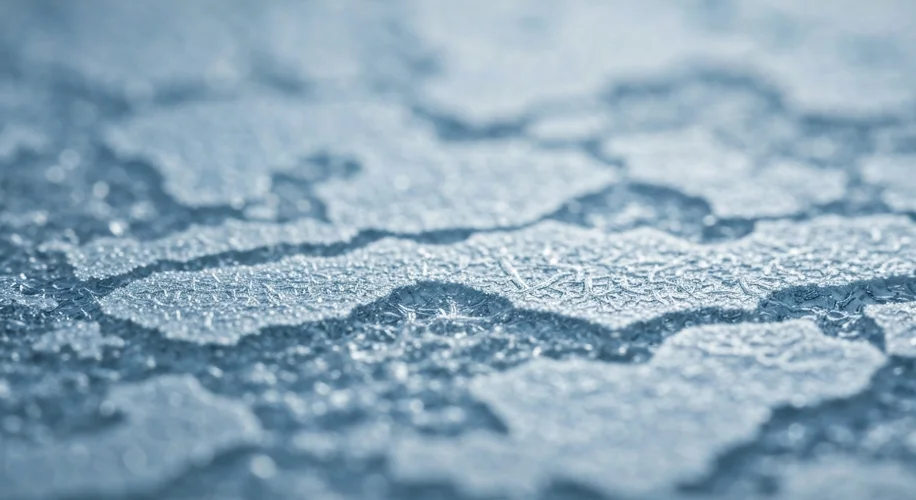You know that feeling. That sudden, heart-stopping lurch as your foot slides out from under you on a patch of ice. We’ve all been there. For over 200 years, scientists thought they had a pretty good handle on why it happens. The long-accepted theory? A thin layer of meltwater on the ice’s surface, caused by pressure or friction, makes it slick.
But guess what? New research is challenging that centuries-old idea, and it’s pretty fascinating.
The Old Story: Pressure and Meltwater
For a long time, the prevailing thought was that when you walk on ice, the pressure from your shoes creates more meltwater. Another idea was that the friction from movement heats the ice just enough to create a slippery film. This meltwater acts like a lubricant, letting your feet (and your car tires) slide right over the ice. It made sense, and it’s what most of us learned in science class.
A New Look at an Old Problem
However, recent studies, like those highlighted by SciTechDaily, are suggesting that this meltwater explanation might not tell the whole story, or perhaps, it’s not the primary reason at all. Scientists are digging deeper, using advanced techniques to observe ice at a molecular level and under various conditions.
One key area of investigation is looking at the ice itself. It turns out that the surface of ice isn’t perfectly smooth. Even at very low temperatures, the molecular structure on the ice surface can be a bit disordered. Think of it like a slightly fuzzy or less rigid layer compared to the solid ice beneath.
What’s Really Going On?
This disordered surface layer, sometimes called an ‘amorphous’ or ‘glassy’ layer, might be the real culprit behind slipperiness. This layer forms naturally, even without added pressure or friction, and it behaves more like a very viscous liquid than solid ice. This means it can easily allow surfaces to slide over it.
Imagine trying to slide a heavy box across a perfectly smooth, dry floor versus a floor covered in a thin layer of oil. The oil makes it much easier, right? This surface layer on ice is kind of like that, but on a microscopic scale.
Why Does This Matter?
Understanding why ice is slippery isn’t just a cool science trivia question. It has real-world implications. Think about:
- Tire Design: How can we improve traction for vehicles in winter?
- Sports Equipment: Skis, skates, and cleats all rely on managing friction with ice.
- Safety: Designing safer surfaces and footwear for icy conditions.
This ongoing research is a great reminder that even phenomena we think we understand completely can hold new secrets. Science is always evolving, and sometimes, the answers we’ve relied on for centuries need a fresh perspective. It’s exciting to see how these new findings might lead to innovations we haven’t even imagined yet!
So, the next time you find yourself slipping on ice, you’ll know it’s a complex dance of molecular structure, not just a simple layer of water. Pretty cool, huh?

